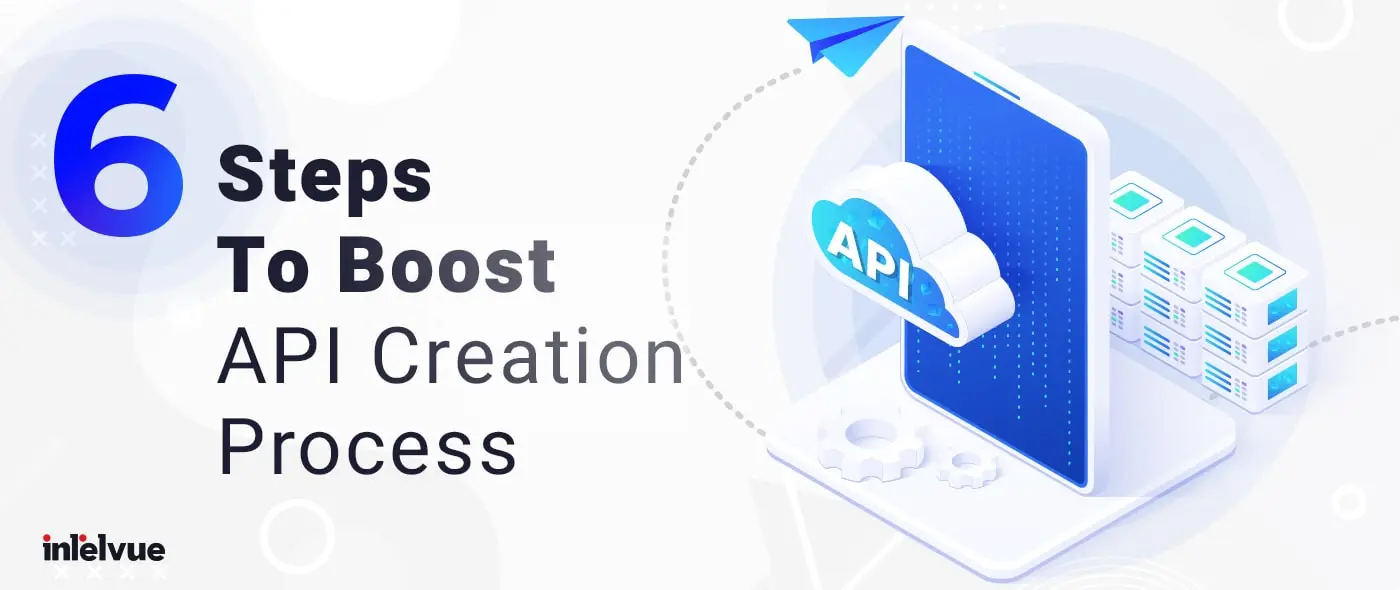
The simplicity. It is an essential element in the creation of APIs. APIs have taken in modernizing business processes; it is now essential that these valuable interfaces be easy to create and use.
“API creation shouldn’t be hard to learn, it should be quick and easy,” he says. “They are the starting point for digital transformation and this starting point should not become a blocking element. “
6 Ways to Boost API Creation Process
There are 6 key points to boost API creation process:
1. Connectivity
The first step is to think about how APIs connect to databases, corporate legacy departments, and other critical applications. This relieves developers of very time-consuming tasks related to connectivity and integration issues. Developers need to be able to focus on building APIs and their services entirely.
For this, we recommend tools that offer an automated connectivity layer, which supports this notion of integration with third-party systems.
The flexibility to define and control APIs
The other aspect to consider, explains the expert, is to give developers a flexible way to map and cover the entire API lifecycle. This is not to limit them to only code and framework but to give them visibility on the final product and the user interface, and the application’s appearance.
“As a developer, you should be able to control these aspects. Developers need to have access to the framework and everything that follows. “
By doing this, developers realize that they deliver a complete packaged application in production, not just a piece of code.
2. Workflows
Logically, the next step is then the implementation of workflows. “It makes life easier to know where my code leaves and what part of my code is taken into account,” he says, adding that it is essential to find the right solution that offers a workflow capable of aligning with the logic of processes.
“APIs are nothing new. But a developer needs to understand the workflow. There will always be more complexity, new logic or rules. “
To avoid unpleasant surprises, we think of an integrated and standard workflow that is simple, efficient and considers all the steps. Identifying a tool capable of offering a graphical interface to pose better these workflows is a plus.
3. Testing Helps in API Creation Process
The aspect of the tests is also an element to take into account. Our expert recalls that each time the team in charge of the tests identifies a problem in a release, development costs increase.
We believe that the test should be able to do without the public cloud. Real-time testing is key to allowing developers to spot bugs early in life and avoid waiting for feedback from the test team—one way to speed up the API creation process.
4. The simulation
Typically, the API development, operations, and application development teams are separate. “We don’t expect them to collaborate.” According to our experience as a web and mobile app development company, this separation helps to slow down the API development process. But instead of forcing them to work together, the expert suggests making developers less dependent.
For example, he illustrates, developers may need access to IT databases. Their request takes time, and it is never sure that it will be approved. The solution to this, for our expert, is to have APIs that work without IT resources. Developers must be able to simulate an environment and access points without having to connect to data sources.
5. The documentation
We highlight the importance of documentation in building APIs. While the developer is undoubtedly used to APIs, his consumer may be less so. This, therefore, requires the establishment of standard documentation that can be easily consulted and avoids any confusion.
Therefore, the specialist recommends the installation of tools promoting the automatic creation of documentation in a Swagger-type format. Thus, developers are also relieved of these tasks.
6. Log management
Once the API is ready, log management becomes a central element.
“How to follow the cycle of your APIs? What traffic do these APIs generate? Are there any errors? “. According to our experience, real-time log analysis is key to getting a clear idea of your APIs’ health.
Development teams should have their own method of analyzing logs. While this helps to track API performance, these tools can also analyze interactions and the state of their integration into third-party systems. A real-time analysis tool is a crucial element here.